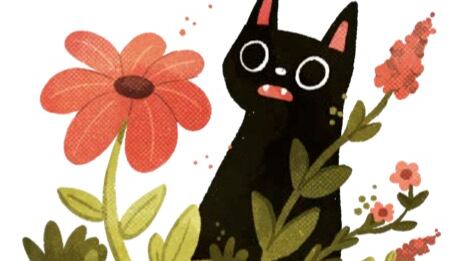Pet owners are familiar with the sight of their furry friends regurgitating on the carpet, eliciting instant concern about the unpleasant cleanup and the health of their pet (presumably not in that order). But you’ll want to check that rejected mush for signs of your favorite plant before issuing your incomprehensible scolding.
Our pets are curious creatures with curious habits that sometimes involve eating the natural décor growing in and around our homes. So, to best protect them, a little botany lesson is in order.
We’ll start with the houseplants that we keep all year round. While proven to relieve stress and provide oxygen through photosynthesis for people, they also provide an avenue for dangerous poisons to enter our pets’ sanctuaries.
Gardening expert Christopher Young from the famous Glasshouse at RHS Wisley spoke with The US Sun about three of the most dangerous plant families for homes with pets. The first target he cited is popular aloe vera, which contains toxins like anthracenes, glycosides and anthraquinones.
The Pet Poison Helpline warns that the ingestion of these toxins by cats and dogs “can result in vomiting and diarrhea. Other clinical signs seen with aloe vera ingestion include depression, anorexia, changes in urine color and, rarely, tremors.”
Young also noted that glycosides and anthraquinones are part of the Crassulaceae family, which includes crassula (better known as the money tree or jade plant) and kalanchoe or flaming Katy. Vets have reported pets in distress with vomiting or slow heart rates and depression after a jade snack, and in very rare cases, dogs have died from eating kalanchoes.
With warmer weather greeting Portland, people are venturing outside with their dogs more regularly, which presents unique challenges concerning the indigenous plant life we encounter on trails and in our neighborhoods.
According to Bend veterinarian Dr. Chad Moles of Blue Sky Vet Clinic, it’s important to learn how to identify these Oregon plants toxic for dogs. Japanese yew, horse chestnut, foxglove, lily of the valley, milkweed, oleander, dogbane, lilies, tulips and irises can all be deadly.
“It really depends on the pet and their interest level,” plant expert Erin Marino told HuffPost Life in 2022. “And it’s important to note that the plant, or part of the plant, needs to be ingested to affect your pet. Simply being in the same room, perhaps on an out-of-reach shelf, can be totally fine.”
For in-home foliage, there’s plenty of options out there such as hanging plants, but you still have to watch for limbs growing down to a tempting level and the cleanup of fallen leaves. And cats present a different kind of challenge due to their insane ability to climb around our homes like an American Ninja Warrior contestant.
So just be diligent and keep in mind there are also plenty of popular plant options that are deemed safe alternatives, including camellias, daisies, sunflowers and roses.
THE NUMBERS: ASPCA Poison Control: 888-426-4435 Pet Poison Hotline: 855-764-7661 Animal Poison Hotline: 888-232-8870
